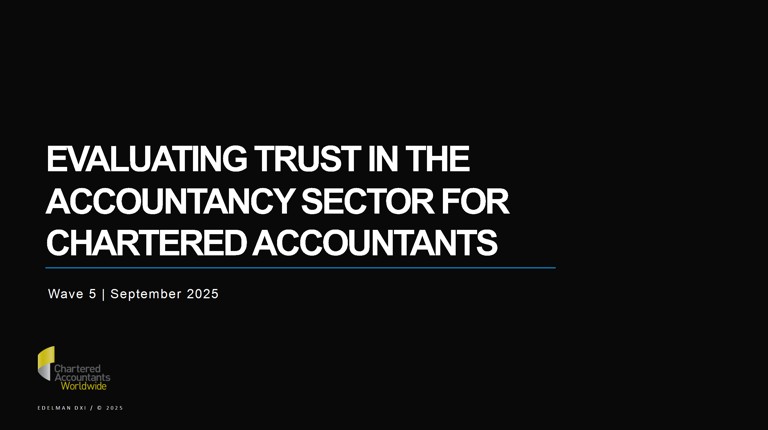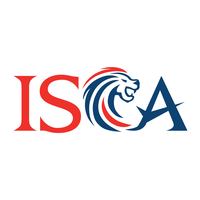Leases (FRS 116)
Note:
|
Consider the following illustration:
Company A enters into a 30-year lease with JTC Corporation (“JTC”) for the right to use a plot of industrial land for the following consideration:
- Year 1: Annual rent of $300,000
- Year 2 to Year 30: Annual rent is subject to revision based on the prevailing JTC posted rates but any increase shall not exceed 5.5% of the annual rent in the immediate preceding year (ie variable rent adjustments)
Under FRS 116, variable lease payments are payments made by a lessee to a lessor for the right to use an underlying asset during the lease term that vary because of changes in facts and circumstances occurring after the commencement date, other than the passage of time.
Q1. At commencement date of the lease, are all variable lease payments included in the measurement of the lease liability and corresponding right-of-use asset?
No. Only variable lease payments that depend on an index or a rate are included in the measurement of the lease liability. Such amounts that are unpaid at the commencement date are included in the measurement of lease liability.
FRS 116 paragraph 28 states that variable lease payments that depend on an index or a rate include, for example, payments linked to a consumer price index, payments linked to a benchmark interest rate (such as LIBOR) or payments that vary to reflect changes in market rental rates.
Q2. Are the annual rent payments from year 2 to year 30 by Company A to JTC considered to be variable lease payments that depend on an index or a rate?
This depends on whether the variable rent adjustments reset the lease payments to market rental rates at the dates of the adjustments, i.e. the payments vary to reflect changes in market rental rates.
JTC is a statutory board under the Ministry of Trade and Industry and manages a wide range of facilities such as industrial land and business parks to meet the diverse needs of companies based in Singapore.
JTC’s land rent is payable monthly in advance and will be revised to the prevailing JTC posted rates with a 5.5% escalation cap annually. JTC posted rates are revised twice a year to reflect changes in market rental rates. Because JTC is Singapore’s principal developer and manager of industrial land and the driver of market rent of industrial land in Singapore, variability of rent payments arising from rent adjustments by JTC would reflect changes in market rental rates, and accordingly qualify as an index or rate in accordance with paragraph 28 of FRS 116.
The variable rent adjustments in the lease agreement between Company A and JTC can be considered to be variable lease payments that depend on an index or rate.
Illustrative example
Using the details provided in the above illustration and the assumptions stated below, the lease liability, cost of the right-of-use asset, interest expense and depreciation expense for Year 1 and Year 2 are as follows:
Year 1
Assumptions:
- the discount rate is 3% (Note 1)
- initial direct costs are zero
- no lease incentives, no payments of lease payments at/before commencement date, and no restoration costs
Note 1: The rate to be used is the interest rate implicit in lease, if the rate can be readily determined. If the rate cannot be readily determined, the lessee shall use the lessee’s incremental borrowing rate. FRS 116 defines “lessee’s incremental borrowing rate” as the rate of interest that a lessee would have to pay to borrow over a similar term, and with a similar security, the funds necessary to obtain an asset of a similar value to the right-of-use asset in a similar economic environment.
At commencement date:
Lease liability (A) | = Present value of lease payments = $5,880,000 [$300k x 30 years = $9,000,000 discounted at 3%]
| ||||||||||||||||||||||||
Right-of-use asset (B) | = Present value of lease payments + lease payments made at/before commencement date (less lease incentives received) + initial direct costs incurred by Company A + estimated cost of restoration = $5,880,000 [$5,880,000 + $0 + $0 + $0] | ||||||||||||||||||||||||
At end of year 1:
Amount | Computations | |
Interest expense (C) | $176,000 | = Lease liability (A) x Discount Rate = $5,880,000 x 3%
|
Depreciation expense (D) | $196,000 | = Right-of-use asset (B) / Lease Term = $5,880,000 / 30 years |
Lease liability (E) | $5,756,000 | = Lease liability (A) + Interest Expense (C) – Lease payment = $5,880,000 + $176,000 - $300,000 |
Right-of-use asset (F) | $5,684,000 | = Right-of-use asset (B) – Depreciation expense (D) = $5,880,000 - $196,000 |
Year 2
Assumption:
- there is an upward rent adjustment of 5% at the beginning of Year 2 to $315,000 (i.e. 105% x $300,000 = $315,000)
Because the lease payments are variable payments that depend on an index or rate, Company A adjusts the lease liability to reflect the change based on the unchanged discount rate.
The adjustment is calculated as the difference between the original lease payment ($300,000) and the adjusted lease payment ($315,000) over the remaining 29-year lease term, discounted at the original discount rate of 3% as follows:
At beginning of Year 2:
Re-measured lease liability (G) | = Present value of lease payments = $6,044,000 [$315k x 29 years = $9,135,000 discounted at 3%]
The adjustment made to the lease liability is $288,000 [$6,044,000 (G) - $5,756,000 (E)] with a corresponding adjustment made to the right-of-use asset. | |||||||||||||||||||||
Re-measured right-of-use asset (H)
| $5,972,000 [$5,684,000 (F) + $288,000] | |||||||||||||||||||||
At end of year 2:
Amount | Computations | |
Interest expense (I) | $181,000 |
= Lease liability (G) x Discount Rate = $6,044,000 x 3%
|
Depreciation expense (J) | $206,000 |
= Right-of-use asset (H) / Lease Term = $5,972,000 / 29 years
|
Lease liability (K) | $5,910,000 |
= Lease liability (G) + Interest Expense (I) – Lease payment = $6,044,000 + $181,000 - $315,000
|
Right-of-use asset (L) | $5,766,000 |
= Right-of-use asset (H) – Depreciation expense (J) = $5,972,000 - $206,000
|
Year 3 onwards:
The lease liability and right-of-use asset are subsequently re-measured to reflect the revised lease payments arising from changes in lease payments each year. The interest expense and depreciation expense will also be accordingly revised.
[1] For ease of illustration, yearly payments have been assumed.
[2] For ease of illustration, yearly payments have been assumed.
Publication Date: 23 November 2018
Written by: Felicia Tay & Lim Ju May, Corporate Reporting and Ethics (CoRE)





.png?sfvrsn=dd675fd5_2)


6a6c7fe2013f4be3b0ecc0a5930da5c9.jpg?sfvrsn=ab5334c8_0)

/business-management-global-connection/istock-1167579720-c.jpg?sfvrsn=ff93f9a5_2)
/audit-assurance/istock-1169206203-c.jpg?sfvrsn=1d6f9b25_6)


/ethics-and-professionalism/istock-1141115724-c.jpg?sfvrsn=4e54d691_2)

/audit-assurance/istock-818732836-c-v3.jpg?sfvrsn=ae44e7b7_0)

.png?sfvrsn=905ee1bd_0)
/legal-secretarial/istock-866706340-c.jpg?sfvrsn=d7f57b8c_2)